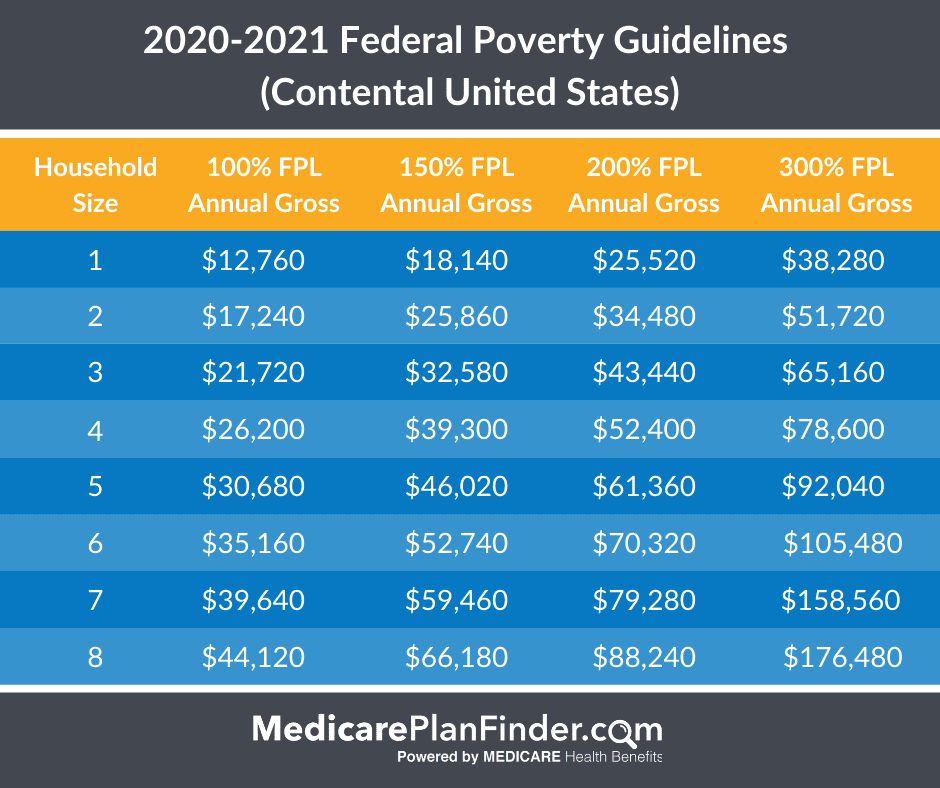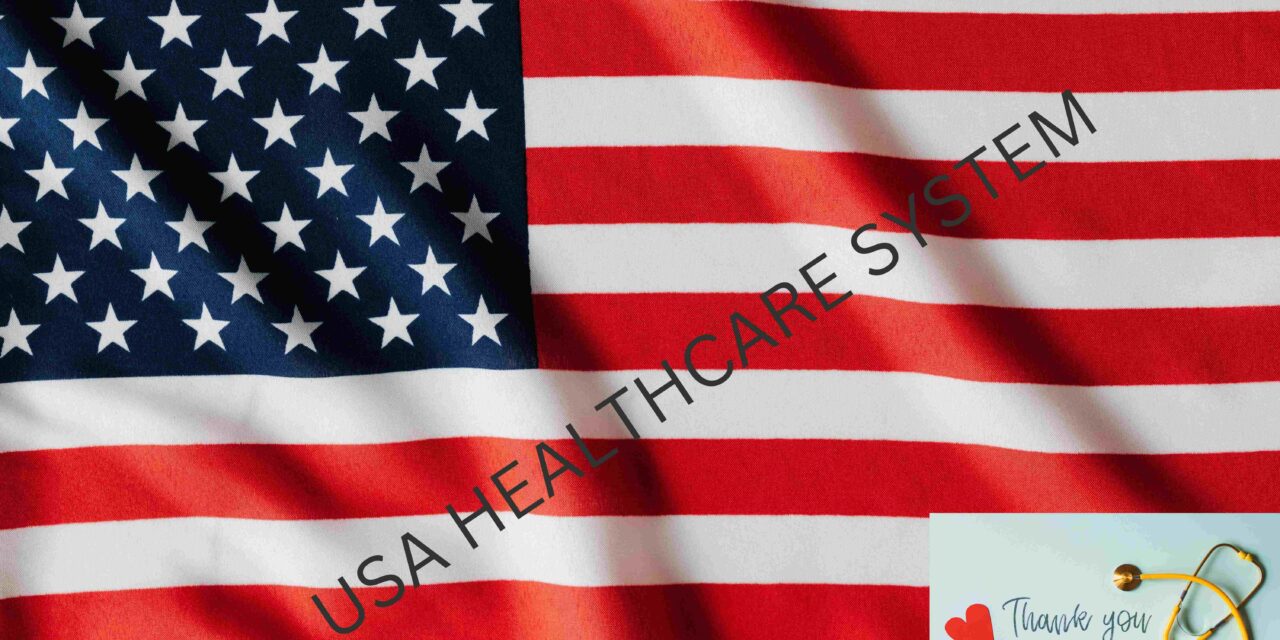Introduction
Whenever I talk about health policy especially as we try to inform it here in the United States healthcare system. I get a lot of requests to talk about how exactly health care works in different countries.
Lots of countries it’s not that I don’t think those are great questions. I do, it’s that summarizing a healthcare system in just a few minutes is not easy. But we don’t shirk from difficult tasks here. And so we’re going to start tackling countries one by one starting with the United States.
The United States Healthcare system is similar to that of many other countries. And that it’s a mixture of both private and public components.
The United State Healthcare System
Let’s start with the easy stuff almost all care is provided for by the private sector. Although some hospitals are run by the government. Most are run by private organizations about 70% of hospitals are nonprofit leaving the rest in for-profit hands. Most physicians therefore also work for private organizations and are not employed by the public sector.
Other components of the healthcare system are also in the private sector including pharmaceutical and medical device companies. Research is paid for by both public and private sources with a little bit more coming from the private side.
Medical research
Added together however US spending on medical research accounts for the vast majority of R&D spending in the world. But where countries different the most is in how they give citizens access to their systems in this area. The United States is somewhat of an anachronism until recently about 15% of people in the United States were uninsured. This meant that if they needed care they’d have to pay for it. Out of their own pocket and unless you’ve been living under a rock.
You should know that health care in the United States is really really expensive. so that’s a problem.
It means that a lot of people don’t get the care they need. And it means that we’re failing a large number of people. Who live in the United States about 60% of US citizens get health insurance from their employer.
These plans usually don’t charge people different amounts based upon factors such as age gender or past medical history. They range of benefits but for the most part they cover preventive care.
If he gets sick and prescription drugs plans vary in terms of. How much people have to pay out-of-pocket for them.
Already about 15% of Americans are covered Medicare and most of them are elderly people.
Medicare is a national social insurance program run and administered by the federal government.
It’s the closest thing we have to what most people refer to as a single-payer system. Where all people are covered by one type of insurance. But Medicare is pretty complicated.

First there’s Medicare Part A
Which covers you if you’re hospitalized. It’s pretty much free to most people over the age of 65 and almost no one doesn’t get it.
Medicare Part B
Covers outpatient services and is sometimes deferred by people. Who are still getting insurance from their jobs it is a pretty low deductible and then has coinsurance of 20%.
It covers tons of stuff including pretty much all tests. Or procedures you might get outside the hospital as well as lots of medical equipment that you might use. There are private supplemental Medigap policies that are offered by private companies. That often cover the co-pays or coinsurance or add in extra benefits. Almost everyone buys one of these two. So that elderly individuals wind up paying much less for their healthcare system than you’d expect.
Medicare Part C or Medicare Advantage
Medicare Part C or Medicare Advantage is an opportunity for private companies to offer Medicare like benefits better than the government can. If they do and they do it for less money they get to keep the extra in profit. Medicare beneficiaries can opt in to Medicare Advantage plans instead of traditional Medicare. They sometimes have different benefits that appeal to them and about a quarter of them choose such a plan.
Medicare Part D
Contains the prescription drug plans. they’re actually designed and run by private insurance companies. But they’re approved and paid for by the federal government individual. Medicare beneficiaries pick the Part D plan they like depending on what drugs they think they might need.
That’s Medicare cost us about 536 billion dollars last year.
The other big government program is Medicaid
Unlike Medicare. Medicaid is a state-based program basically it’s supposed to provide health care coverage for the poorest among us. There are some minimal federal guidelines that are set for Medicaid. And then each state gets to implement it as it sees fit.
Some states are more generous and some less so. Generally Medicaid is meant to cover those at the low end of the socioeconomic spectrum. The government defines poor this way while you look at that. Remember this amazing fact a single parent with a child who makes minimum wage earns. More than the poverty level that’s how low the line is regardless.
Traditional Medicaid must cover
- Kid under 6 years of age to 133% of the poverty line and kids 6-18 to 100% of the poverty line.
- The state children’s health insurance plan or SCHIP ups these to about 300% of the poverty line in most states.
- Medicaid also covers pregnant women up to 133% of the poverty line and
- Parents the 1996 welfare levels
- Finally it covers the elderly and those with disabilities who receive Supplemental Security income
First
The first important thing to note is that adults without children aren’t mentioned at all. And in most states they can’t get Medicaid. Let me say that again- In most states. Even the poorest adults without children even those who make nothing at all don’t get Medicaid. And it gets worse those 1996 welfare levels can be super low. So low that for instance in Arkansas couple with two children making 3820 dollars a year is too rich for Medicaid.
Second
Granted some states are more generous. But in many of them parents have to be very very poor in order to get Medicaid. The Medicaid expansion in the Affordable Care Act was supposed to fix this. It was supposed to give Medicaid to everyone. Who makes less than 138% of the poverty line regardless of whether or not they have kids. It would have finally made Medicaid the universal program for the poor. That many already believe it to be but because of the Supreme Court decision that made the Medicaid expansion optional. Lots of states are refusing it. Leaving an additional 5 million people with low incomes with no insurance.
This year in 2019 Medicaid cover more than 75 million Americans about one in three children are covered by Medicaid. And one in three births is covered by Medicaid a lot of Americans are in poverty in 2019 Medicaid cost us about 613.5 billion dollars.
Third
There’s also the Veterans Health Administration which is totally a government-run system that provides care to veterans and TRICARE the military health insurance program that applies to some veterans military personnel and retirees and dependents. TRICARE works more like private insurance think that sounds complicated.
It is interestingly while about two-thirds or so people get their insurance from private companies. Only about one third of spending comes from the private sector in other words. The government has to cover about one-third of people in the United States. But has to pay about two-thirds of the bill. Tell me again now the government isn’t the short end of the stick. The money involved in the United States healthcare system is simply unbelievable.
Conclusion
we hope to get some people who didn’t get insurance with their jobs Medicaid. Or community rated guaranteed-issue insurance like employed people get with respect to the Affordable Care Act. We’re only talking about 30 million people or so we’re about 10% of our population.
So that’s the US healthcare system is neaten packaged as I can make it in this content. It’s private insurance for most Medicare and Medicaid for some and VA or TRICARE for a few how does this compare to other countries keep Staying future contents to find out.
For more information in the United States healthcare system please click the link






I am not really great with English but I find this very leisurely to read .
I like what you guys are up too. Such smart work and reporting! Carry on the superb works guys I have incorporated you guys to my blogroll. I think it’ll improve the value of my web site 🙂
I really like your writing style, great information, thank you for putting up :D. “The superfluous is very necessary.” by Francois Marie Arouet Voltaire.
Your point of view caught my eye and was very interesting. Thanks. I have a question for you.
Thanks for sharing. I read many of your blog posts, cool, your blog is very good.
Can you be more specific about the content of your article? After reading it, I still have some doubts. Hope you can help me.
I love what you guys are usually up too. This kind of clever work and exposure! Keep up the fantastic works guys I’ve incorporated you guys to our blogroll.
Your point of view caught my eye and was very interesting. Thanks. I have a question for you.
Thank you for the good writeup. It in fact was a amusement account it. Look advanced to far added agreeable from you! However, how could we communicate?
Hey there! Do you know if they make any plugins to help with Search Engine Optimization? I’m trying to get my blog to rank for some targeted keywords but I’m not seeing very good gains. If you know of any please share. Many thanks!
The elegance of The arguments is as captivating as a sunset. I could admire it all day.
Good post. I study something more difficult on completely different blogs everyday. It’ll always be stimulating to read content material from other writers and practice a little one thing from their store. I’d favor to use some with the content on my blog whether or not you don’t mind. Natually I’ll provide you with a link on your internet blog. Thanks for sharing.
I got what you intend, appreciate it for posting.Woh I am happy to find this website through google. “Don’t be afraid of opposition. Remember, a kite rises against not with the wind.” by Hamilton Mabie.
Every post of Thes is a learning opportunity for me. Thanks for sharing The expertise.
I don’t think the title of your article matches the content lol. Just kidding, mainly because I had some doubts after reading the article.
You really make it seem really easy with your presentation but I in finding this matter to be actually one thing that I think I might by no means understand. It sort of feels too complicated and very extensive for me. I am having a look forward in your subsequent post, I¦ll attempt to get the grasp of it!
The words are like brush strokes on a canvas, painting ideas in my mind.
A refreshing take on the subject, like a cool breeze on a hot day. I’m all ears for what you have to say next.
I must admit, The depth of analysis is as attractive as The words. Great work has never looked so good.
Your point of view caught my eye and was very interesting. Thanks. I have a question for you.
Thanks for sharing. I read many of your blog posts, cool, your blog is very good.